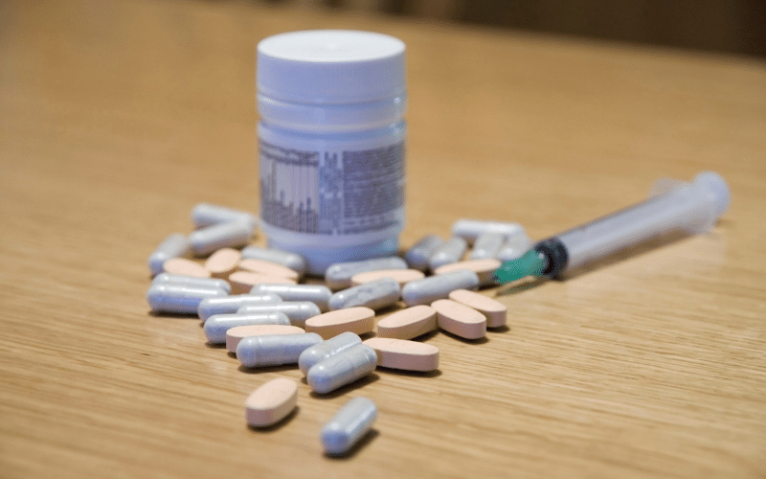Methadone is widely considered to be one of the most dangerous drugs available. It’s often described as a drug that, once you start taking it, you’re addicted to for life. It’s described as a devil drug and one that unwittingly hooks opioid users trying to change their lives for the better.
While there are many examples to back this generalization up, it’s worth noting that these media portrayals don’t answer the question “what is a methadone and what’s it used for?” And that, my friends, is the question.
There are few drugs as misunderstood as methadone. Some tote it as an effective form of medication-assisted therapy. Some call it the ultimate pain management drug. The media’s labeled it as public enemy number one.
So, what is it used for? Well, it’s used for all of the above and more. Let’s take a closer look at what exactly this drug is and, more importantly, what it isn’t.
What is Methadone Used For?
More often than not, it’s used as a form of medication-assisted therapy, also known as opioid replacement therapy or, more colloquially, methadone maintenance.
To put it another way, it is used to help men and women overcome opioid addiction. Here’s where things get controversial. Many believe that taking methadone is nothing more than switching one addiction for another.
This belief is, in part, true. Methadone maintenance is a long-term affair. When an individual goes on this drug, it isn’t for a few weeks. They’re usually on it for years. Some remain on the drug for the rest of their lives.
Opponents of methadone argue that this isn’t sober, isn’t clean, but just another form of addiction. They argue that the addict’s brain is still flooded with opioid molecules and that they’re still “under the influence.”
These are all valid points. Still, there are some benefits to medication-assisted therapy. First and foremost, it improves the quality of life for many people. Are they still addicted? Certainly. Are they using street drugs and stealing to get their next fix? Nope.
Following this line of thinking, being in a methadone program shows the individual wants to change their life. Are they “willing to go to any length?” Perhaps not. There’s something to be said for any sort of positive change though.
Methadone for Chronic Pain
Another answer to the question “what is it used for” is that it’s used to treat chronic pain. That’s right folks, methadone for chronic pain is a popular choice among doctors.
The reason for this is two-fold. First, it has a longer half-life than any other opioid. That means that methadone stays active in the body for longer than any other narcotic painkiller. Although morphine has long been the gold standard for pain treatment, methadone for chronic pain offers longer relief.
Second, methadone is used to treat pain because it offers a relatively “euphoria free” type of pain relief. Make no mistake, methadone is an opioid, and, as such, it will get users high. The euphoria wears off after the first few times someone takes the drug though.
Rather than producing a high, methadone will begin to bind to opioid receptors and act only as an analgesic. Now everyone’s body is different and it may still produce euphoria in some. For the most part, though, it’s large on painkilling effects and short on getting users high.
The Final Verdict
So, what’s the final consensus? Is methadone good or bad? Is it a safe and effective way for addicts to get clean? Or is it a sinister drug that unintentionally hooks users?
The answer is up to you. For some, methadone is a lifesaver. For others, it’s just one more hurdle on the road to freedom. What do you think? Let us know on social media!





